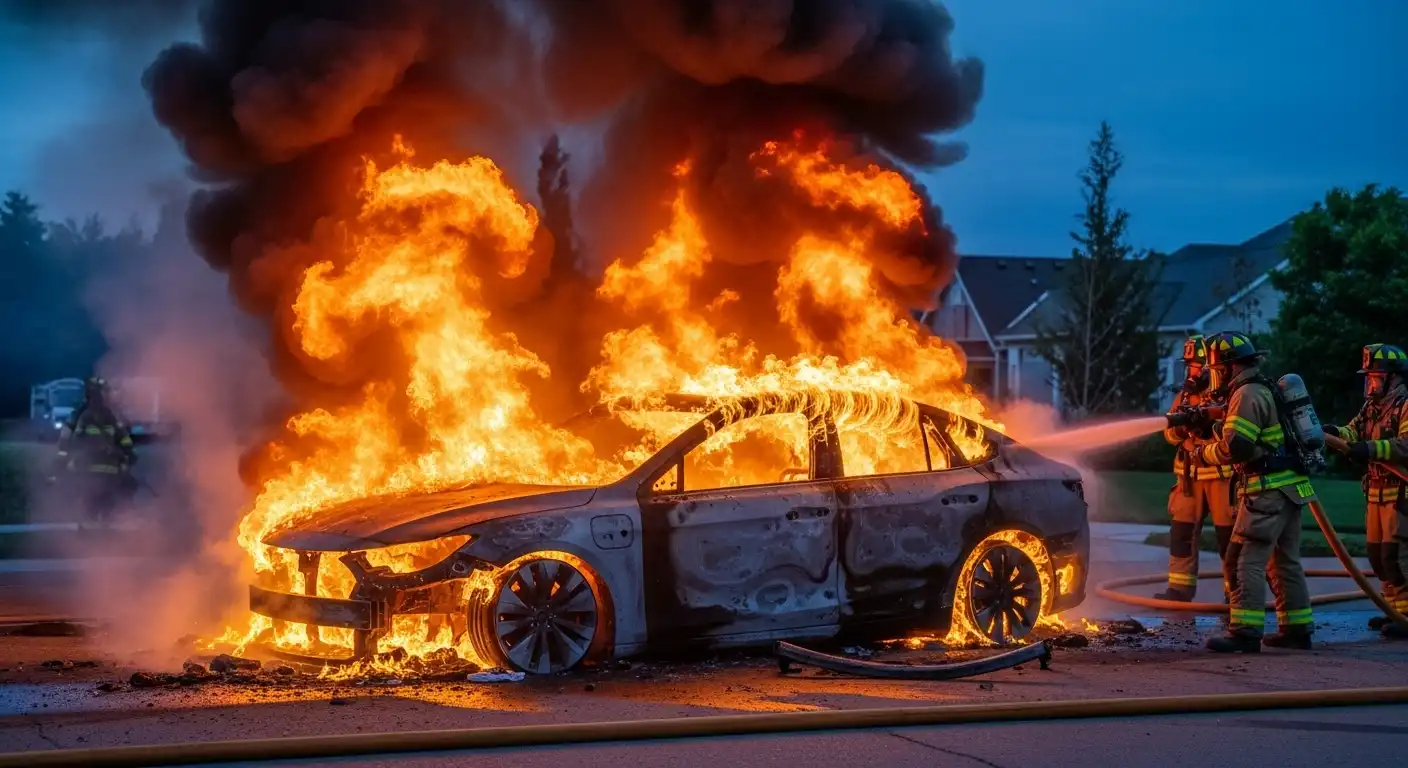Accidents can happen anytime and anywhere, often resulting in injuries, financial loss, and emotional distress. However, many accidents are preventable with the right precautions and awareness. Understanding the common causes of accidents and taking proactive steps can significantly reduce risks. Here’s a look at the most frequent causes of accidents and how to avoid them.
1. Distracted Driving
Distracted driving is a leading cause of road accidents. Common distractions include texting, using a phone, eating, or adjusting navigation systems while driving.
How to Avoid It:
- Keep your phone out of reach or use hands-free devices.
- Set up your GPS and music before driving.
- Focus solely on driving and avoid multitasking.
2. Speeding
Driving above the speed limit reduces reaction time and increases the severity of collisions.
How to Avoid It:
- Always follow speed limits and adjust speed according to weather and road conditions.
- Plan your route ahead to avoid rushing.
- Use cruise control on highways to maintain a consistent speed.
3. Slip and Fall Accidents
Slips, trips, and falls can occur at home, work, or public places due to wet floors, uneven surfaces, or cluttered walkways.
How to Avoid It:
- Keep walkways clear of obstacles and clutter.
- Use non-slip mats in areas prone to moisture, like bathrooms and kitchens.
- Install proper lighting to enhance visibility.
4. Fatigue and Drowsy Driving
Driving while tired impairs reaction time, judgment, and alertness, increasing the risk of accidents.
How to Avoid It:
- Get sufficient sleep before long trips.
- Take regular breaks during long drives.
- Avoid driving during peak sleepiness hours (midnight to 6 a.m.).
5. Workplace Accidents
Workplace accidents occur due to unsafe equipment, lack of safety training, or improper lifting techniques.
How to Avoid It:
- Follow workplace safety protocols and attend training sessions.
- Use appropriate personal protective equipment (PPE).
- Report unsafe conditions to supervisors immediately.
6. Reckless Driving and Aggressive Behavior
Reckless driving, such as tailgating, weaving through traffic, and road rage, increases the likelihood of collisions.
How to Avoid It:
- Stay calm and patient while driving.
- Maintain a safe distance from other vehicles.
- Avoid confrontations with aggressive drivers.
7. Fire Hazards and Burns
Fires at home or workplaces are often caused by electrical malfunctions, cooking accidents, or flammable materials.
How to Avoid It:
- Install smoke detectors and check them regularly.
- Keep flammable materials away from heat sources.
- Never leave cooking appliances unattended.
8. Home Accidents Involving Children
Children are at high risk of accidents at home, including choking, poisoning, and falls.
How to Avoid It:
- Childproof your home with safety gates, locks, and outlet covers.
- Store cleaning products, medicines, and sharp objects out of reach.
- Supervise young children at all times.
9. Outdoor and Sports Injuries
Recreational activities and sports can lead to accidents due to lack of protective gear or unsafe environments.
How to Avoid It:
- Wear appropriate safety gear, such as helmets and pads.
- Warm up before physical activities to prevent strains and injuries.
- Follow safety guidelines for sports and outdoor adventures.
10. Poor Weather Conditions
Adverse weather, including rain, snow, fog, and ice, increases the risk of road accidents and outdoor injuries.
How to Avoid It:
- Drive slowly and maintain a safe distance during bad weather.
- Use headlights and windshield wipers for better visibility.
- Avoid unnecessary travel during severe weather conditions.
Final Thoughts
Accidents can be life-changing, but most are preventable with caution and awareness. By understanding the common causes of accidents and taking proactive measures, you can create a safer environment for yourself and those around you. Stay informed, stay safe, and always prioritize accident prevention. For more safety tips and resources, visit Accident Advocators.



